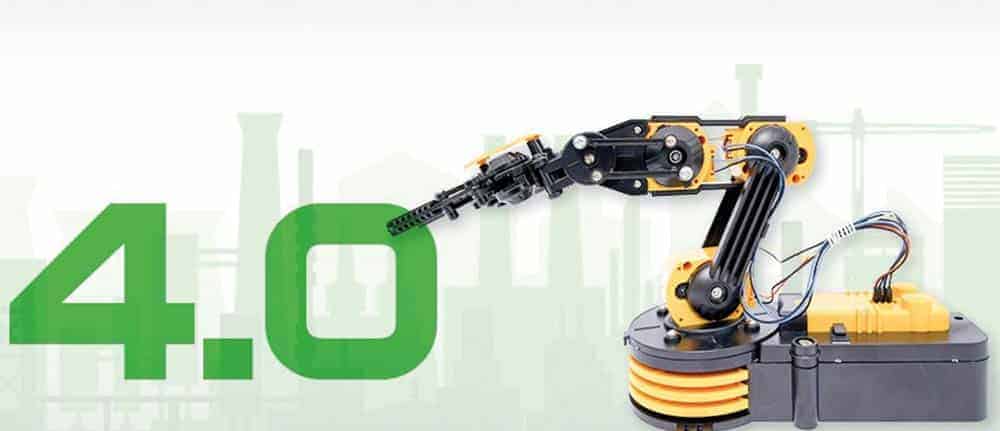How to Approach IoT and Industry 4.0


Some time ago, the managing director of a medium-sized company in southern Germany spontaneously asked me, “How should we approach the topic of the Internet of Things (IoT) and Industry 4.0 at our company?” This conversation did not happen in a business context—he and I are acquaintances—so I understandably tried to search for a neutral answer. I didn’t want him to think that I was trying to sell him on our own products. I also didn’t know much about the company itself. Supposedly, they are operating a well-functioning SAP ERP system and, according to my acquaintance, workflows and processes are cleanly orchestrated. Taking it one step further, they wanted to tackle the topic of IoT and Industry 4.0, but how?
A good place to start is probably to first become aware of your own motives. Is it the fear of falling behind because competitors are already further along in this area? Is it (intrinsic) enthusiasm for technology and new opportunities among employees? As good as external impulses can be, it is recommended to first look at one’s own company and become aware of one’s own strengths and weaknesses.
IoT is characterized in particular by the fact that processes can be optimized and automated, i.e. made to be smart by means of technology. So, we should ask ourselves: Which processes currently have the greatest efficiency losses, the most serious deficiencies? Where is the direst need to transform? Where can improvements be made by using IoT? Whether the data are generated via networked sensor solutions or read out from controllers is of secondary importance, and the technology is too. We need to move away from buzzwords and towards real value.
Start small and learn from it
The second step is to take your ideas and present them to someone who has sufficient implementation knowledge with IoT, someone who has experience of what works and what doesn’t. They can then subject the ideas to a feasibility analysis. It is further advisable to create a complexity sequence to estimate, evaluate, and compare the effort associated with each idea or concept. Based on the resulting roadmap, you can then make an informed decision as to whether you want to tackle an IoT or Industry 4.0 project on your own or with a partner, taking into account your own resource availability or utilization.
To start with, you should choose a small, agile project and subsequently learn from it. Then the next steps can be defined and implemented. Condition monitoring is often chosen as an entry scenario, meaning the condition monitoring either of machines and systems in one’s own production or of products used by customers. In this way, the relevant data can be obtained, the project can be readjusted, evaluated and, if necessary, supplemented. The more data this process accumulates, the better companies are able to identify correlations, for example between certain operating parameters and failures.
Once a sufficient amount of data has been collected, it makes sense to start working with algorithms or artificial intelligence so that the information not only gives you retrospective correlations, but also allows you to predict (probable) developments in advance. In addition, you can start to put the technical data collected to date into a business context by combining them with ERP data. This is how new services and business models can be developed.
That was more or less my answer. I am still in contact with said acquaintance—now also professionally. It’s hard to turn off the sales director in me, after all.





